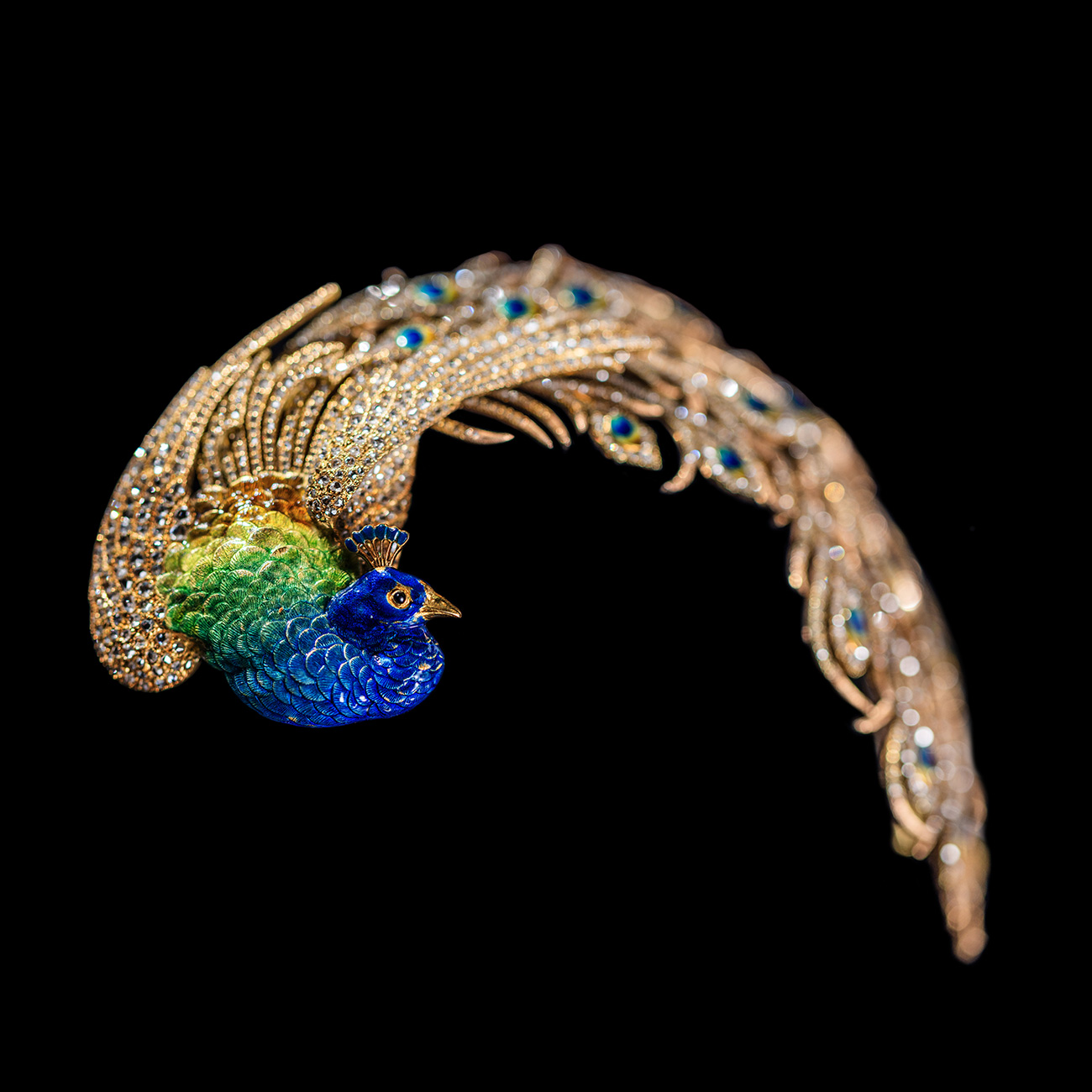


The peacock has long been a bird with significant connotations in the East.
Some says the peacock is the prototype of phoenix, the sacred bird of ancient Chinese legends. In the infamous poem of the Chinese Han Dynasty, "A Peacock Flew," the peacock symbolizes the tragic romance between a man and a woman in love.
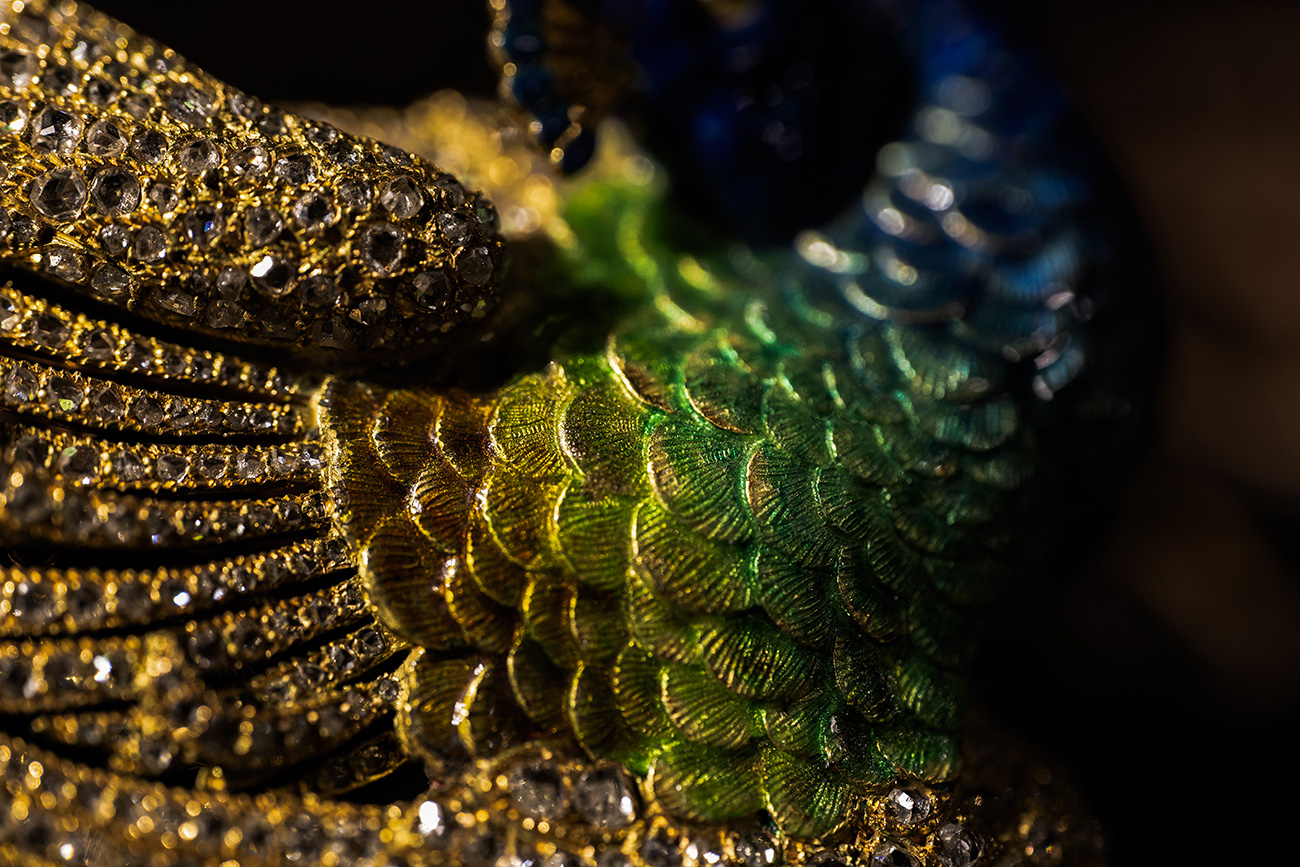

Today, the peacock is the national bird of India, but the history of peacock worship in India is long-standing. The Mauryan Dynasty, which ruled India and Afghanistan for 134 years, was one of the world's great powers, along with its contemporaries, ancient Rome and ancient China. According to historical texts, the founders of this dynasty settled in a region where peacocks were abundant, which resulted in the origin of the dynasty's name. After the famous Ashoka the Great (third emperor of the Maurya Empire) converted to Buddhism, he decreed that livestock could not be castrated for a quarter of the year, and peacocks could not be castrated at any time of the year. Later archaeological discoveries also proved that the peacock was an emblem of this ancient empire.
The peacock is also a unique symbol in Buddhism. In Buddhism, the peacock is one of the incarnations of Shakyamuni Buddha, known as Mahamayuri. The practice of taking Mahamayuri, the peacock, as the main deity is one of the important practices of Buddhism.
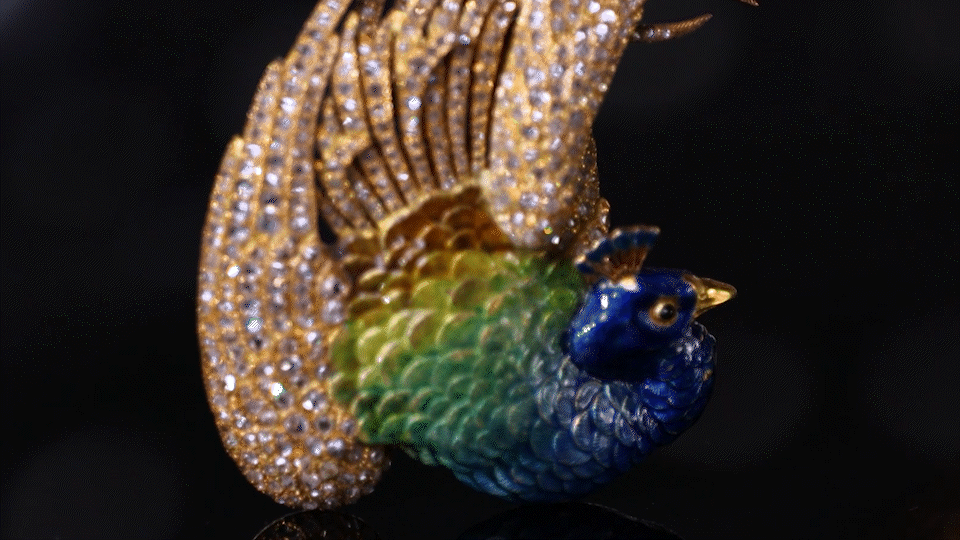
This wonderful Peacock Aigrette is the product of the blending of Eastern and Western cultures, and carries an unusual love story that breaches the limits of border and class.
In 1905, the legendary French jewellery maison, Mellerio, received a commission from Jagatjit Singh, the Maharaja of Kaputara, India, to create this dynamic Peacock Aigrette - enamelled throughout with 1,742 rose-cut diamonds to restore the transcending colour and brilliance of the peacock's feathers.
The following May, Jagatjit Singh was invited to the wedding of King Alfonso XIII of Spain, and fell in love at first sight with Anita Delgado, a young Spanish woman. Delgado came from a humble background; her parents ran a café and she learnt to dance with the generous help of her neighbors. The two met when Delgado was doing the opening dance at the theater. The Maharaja pursued Delgado passionately, but she did not accept his pursuit in the beginning. Alfonso XIII was assassinated on his wedding day and Jagatjit Singh was forced to leave Spain and return to France. After his departure, Anita sent him a letter in which she agreed to his proposal of marriage, and later joined him in Paris.
The two registered their marriage in France in 1907, and the following year they returned to India together to be married under the custom of strict Sikhism. At this solemn ceremony, the Spanish bride arrived on a magnificently decorated elephant, and the Maharaja gave her the Indian name "Preva Kaur", which means "a prince's love". This Peacock Aigrette was also given to Anita as a token of love, and it was this Peacock Aigrette that Delgado wore in the portrait painted by the English painter E. Patry in December 1907.
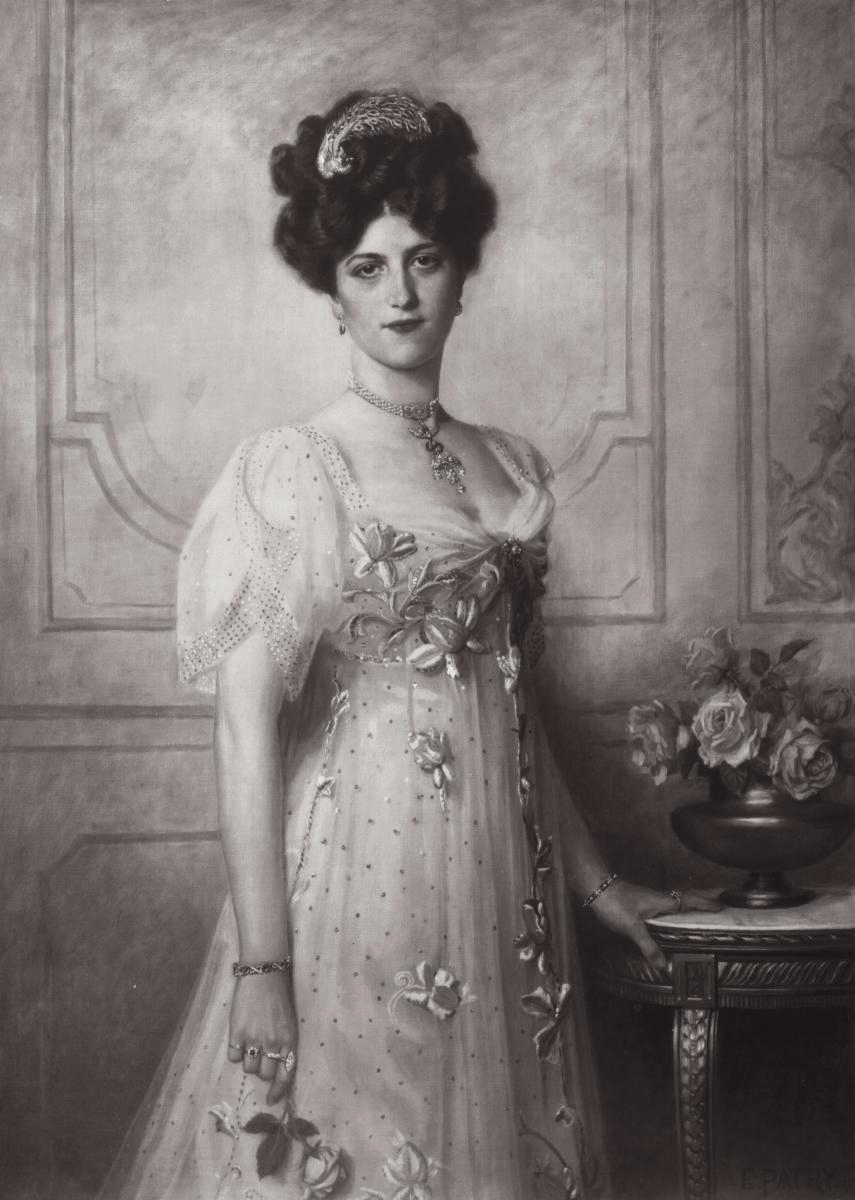
Anita Delgado wearing the Peacock Aigrette in a 1907 portrait by Edward Patry
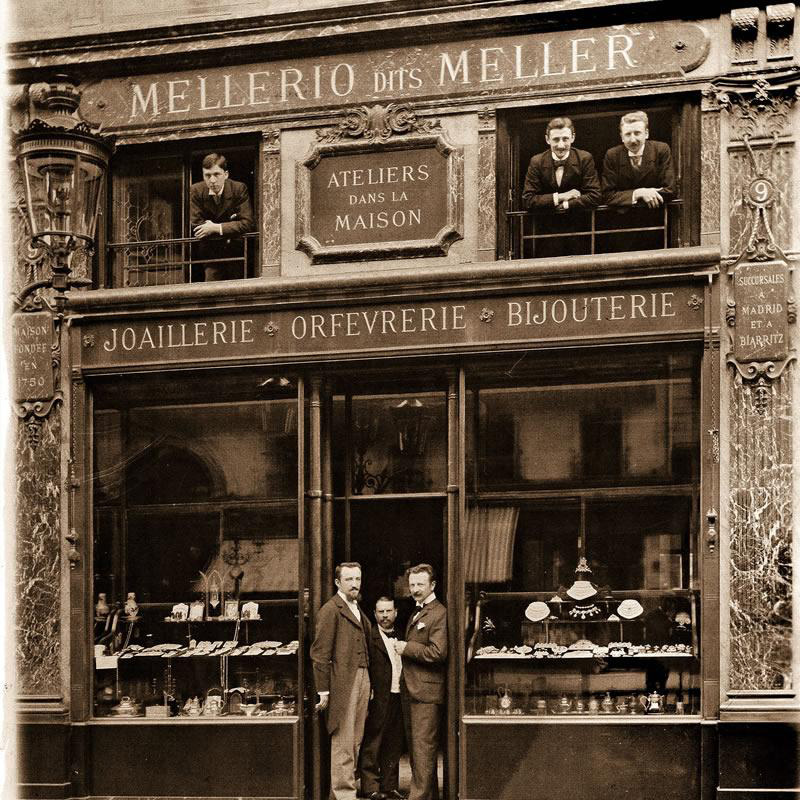
Mellerio shop on Rue de la Paix in Paris, early 20th century
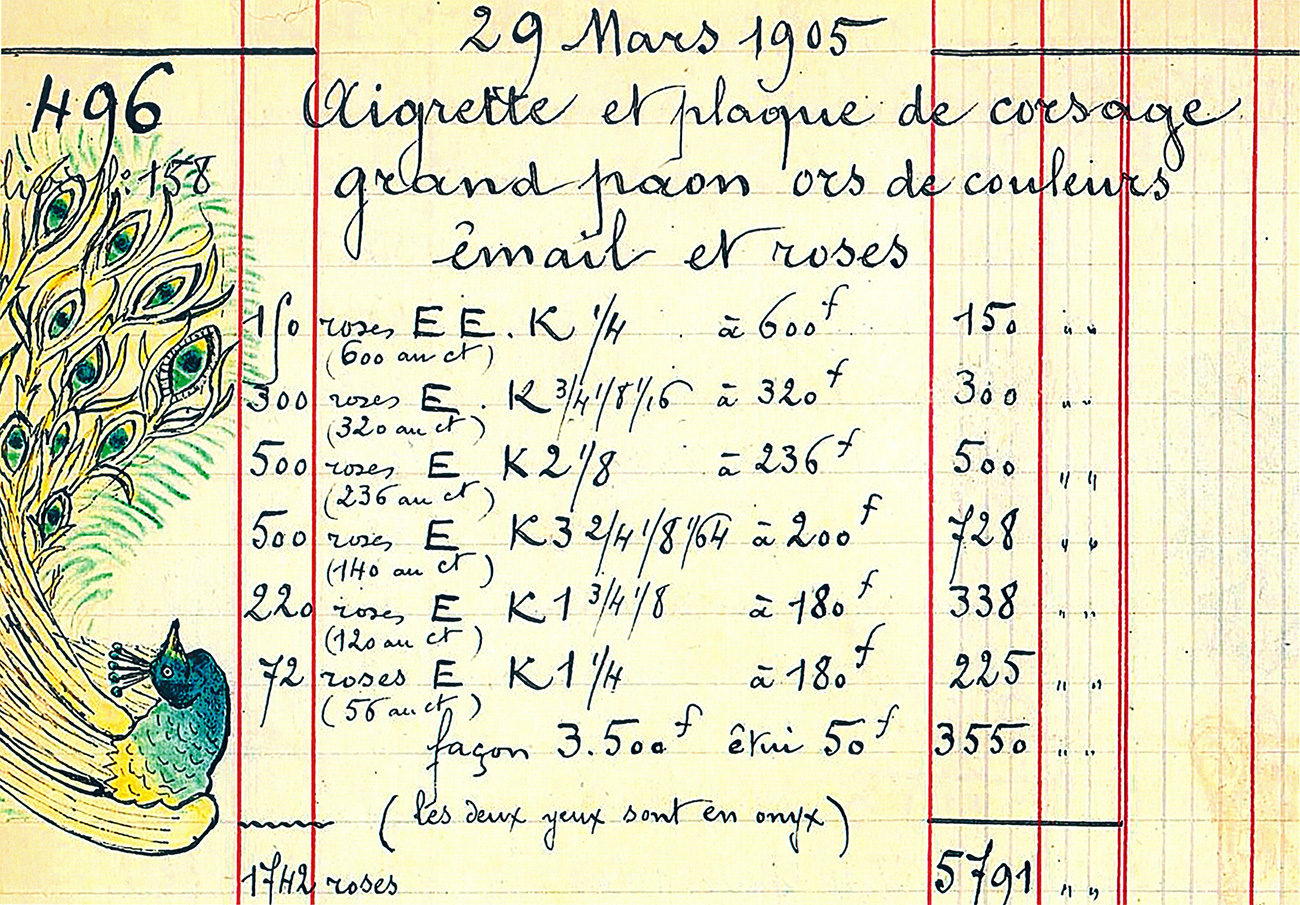
Details of the Peacock Aigrette from the Mellerio archives
